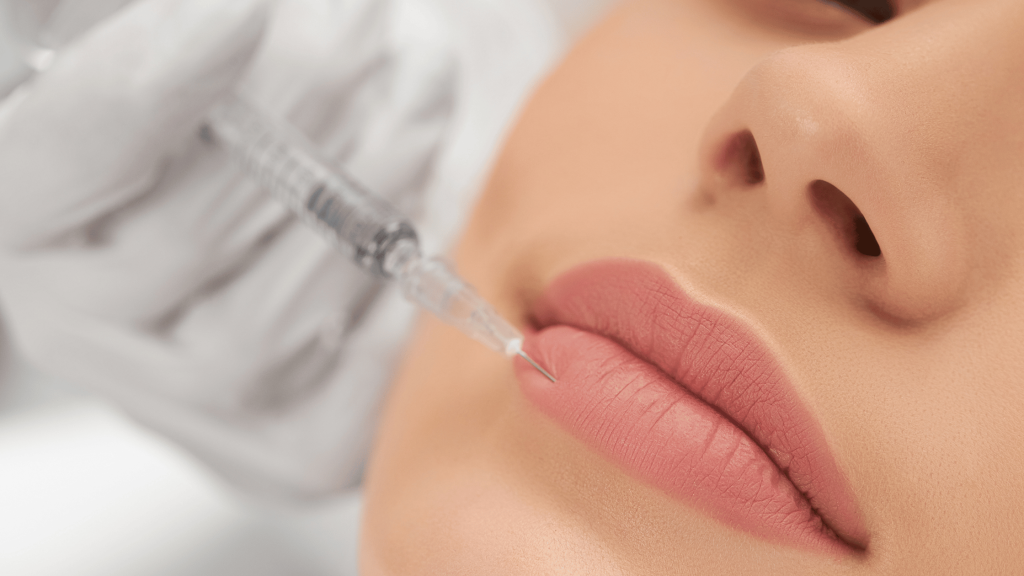
Have you ever considered enhancing your beauty with non-surgical aesthetic treatments such as dermal fillers? Well, you’re not alone. These popular treatments offer a quick, less invasive route to a more youthful appearance. However, one pressing question that is often overlooked is, ‘Can you have a delayed allergic reaction to fillers?’ The answer is surprisingly shocking and it’s time we shed some light on it.
To set the record straight: Yes, you absolutely can have a delayed allergic reaction to fillers! This isn’t a widespread phenomenon, but it’s critical that you’re aware of it before going under the needle.
The Hidden Risks Behind the Beauty
Dermal fillers are generally considered safe and effective, with millions of people worldwide undergoing treatments each year. However, the possibility of experiencing a delayed allergic reaction cannot be ruled out entirely. The key is understanding that these reactions are often triggered by the substances used in the fillers.
Fillers are typically made from various materials like hyaluronic acid, calcium hydroxylapatite, and poly-L-lactic acid. Although these substances are widely accepted in the beauty industry, they can, on rare occasions, cause an allergic reaction.
The Silent Allergy: Delayed Hypersensitivity Reactions
When we think of allergic reactions, we often imagine instant and dramatic responses. However, in the case of fillers, allergic reactions can be a slow burn, creeping up on you days, weeks, or even months after the procedure. This type of allergic reaction is known as a delayed hypersensitivity reaction.
It can manifest as redness, swelling, and even hardening of the treated area. While this might sound unnerving, the truth is that these reactions are usually mild and manageable.

Can You Predict an Allergic Reaction to Fillers?
Predicting an allergic reaction to fillers can be tricky. In some instances, you might have had dermal fillers before without any adverse reaction, only to suddenly find yourself reacting to the same product in a later treatment.
Your healthcare provider should carry out an in-depth consultation and take a comprehensive medical history to assess your risk. While this does not entirely eliminate the risk, it significantly reduces the chance of having an unexpected allergic reaction.
How to Handle a Delayed Allergic Reaction to Fillers
If you do experience a delayed allergic reaction, don’t panic. The first step is to contact your healthcare provider immediately. They will likely treat the reaction with a course of oral steroids or, in more severe cases, injectable steroids directly into the affected area.
In rare instances where these measures do not resolve the reaction, the filler can be dissolved using an enzyme called hyaluronidase (for hyaluronic acid-based fillers).
In the world of beauty, every treatment carries its unique set of risks and rewards, and dermal fillers are no different. The thought of a delayed allergic reaction might be somewhat disconcerting, yet it’s vital to remember that such incidents are infrequent and, more often than not, manageable.
The most crucial factor in your beauty journey is finding a trustworthy healthcare provider. Someone who not only offers expertise and experience but is also well-equipped to handle any potential complications that may arise.
So, there you go – an unexpected revelation: Yes, a delayed allergic reaction to fillers is indeed possible. However, don’t let this deter you from pursuing your aesthetic goals. Armed with this newfound knowledge, you can make informed decisions, ensuring your path to rejuvenation is both safe and successful.